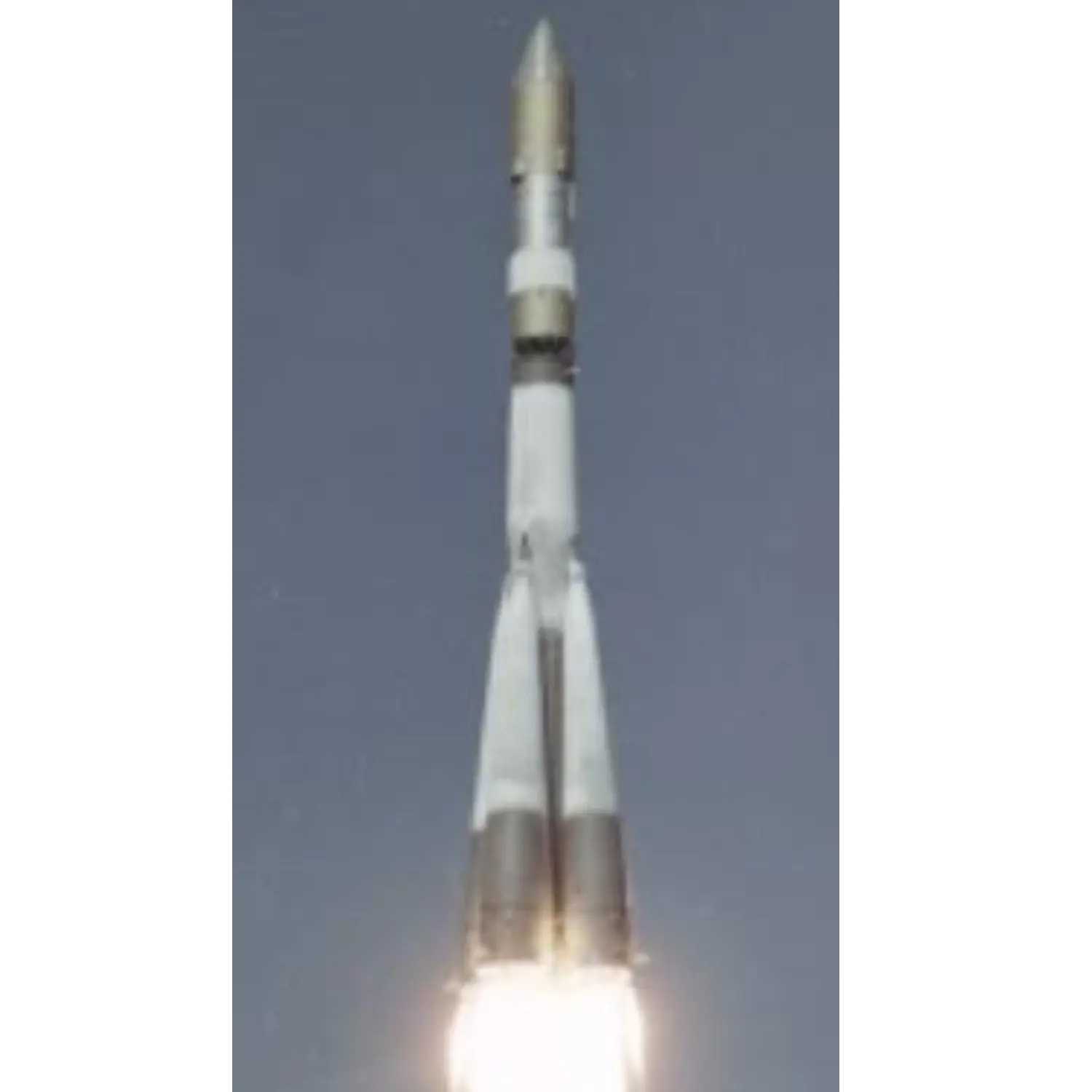Mars 1
Launch Success
Liftoff Time (GMT)
16:14:16
Thursday November 1, 1962
Mission Details
Launch Notes
First space probe in history to fly over Mars, first Martian Soviet probe to leave Earth orbit.
Mars 1
Mars 1, also known as 1962 Beta Nu 1, Mars 2MV-4 and Sputnik 23, was an automatic interplanetary station launched in the direction of Mars on November 1, 1962, the first of the Soviet Mars probe program, with the intent of flying by the planet at a distance of about 11,000 km. It was designed to image the surface and send back data on cosmic radiation, micrometeoroid impacts and Mars' magnetic field, radiation environment, atmospheric structure, and possible organic compounds. After leaving Earth orbit, the spacecraft and the Molniya (rocket) booster fourth stage separated and the solar panels were deployed. Early telemetry indicated that there was a leak in one of the gas valves in the orientation system so the spacecraft was transferred to gyroscopic stabilization. It made sixty-one radio transmissions, initially at two-day intervals and later at five days, containing a large amount of interplanetary data. On 21 March 1963, when the spacecraft was at a distance of 106,760,000 km from Earth on its way to Mars, communications ceased, probably due to failure of the spacecraft's antenna orientation system. Mars 1's closest approach to Mars probably occurred on June 19, 1963 at a distance of approximately 193,000 km, after which the spacecraft entered an orbit around the Sun.
1 Payload
890 kilograms
Rocket


Manufacturer
RKK EnergiyaRocket
Height: 44.23m
Payload to Orbit
LEO: 6,000 kg
GTO: 2,200 kg
Liftoff Thrust
4,378 Kilonewtons
Fairing
Diameter: 2.58m
Height: 6.74m
Stages
4
Strap-ons
4
Launch Site
Stats
Molniya
9th
Mission
5th
Mission of 1962
RKK Energiya
49th
Mission
20th
Mission of 1962
1962
69th
Orbital launch attempt